|
by Marriott_Guy |
|
|
During the early to mid 1970s, the home video gaming was all about dedicated PONG consoles. From Magnavox to Emerson, companies
from all walks of the electronics field looked to cash in on this phenomena known as the video game console. Atari was no
exception, garnering a fair share of this emerging market with their successful line of dedicated PONG consoles.
But as with every new innovation, this once cutting edge technology would soon be rendered obsolete by a newcomer that would change
the industry forever - the programmable video game cartridge. In 1976, Fairchild Semiconductors was the first to introduce this revolutionary concept with their release of the Channel F console. Although Atari was working on a similar project, they were not yet ready to release what would eventually become the Atari VCS. At this same time, Atari had to determine what to do with their substantial inventory of various AY-3-8500 chips (the microprocessor that drove their PONG consoles). Their solution would be known as the Atari Game Brain. The Atari Game Brain is a prototype console that utilized PONG-on-a-chip technology. Basically, this means that they simply housed a specific General Instruments processor chip with pin outs to interface with the console. The result would be one console to play all of the many PONG variations. Though the concept was solid and would be utilized throughout Europe (see the PC-50X line of consoles), Atari opted to pull the plug on the project and redeploy their technical resources to focus on the Atari VCS. Only three prototype consoles were developed along with five games. Overall, an interesting footnote in Atari's extensive history. |
|
|
|
|
|
Some of the following pictures are courtesy of
The Atari History Museum. Please see their excellent article for more information on this prototype. |
|
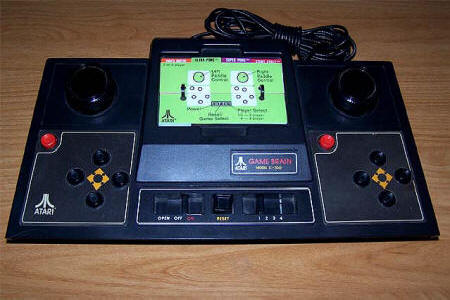 |
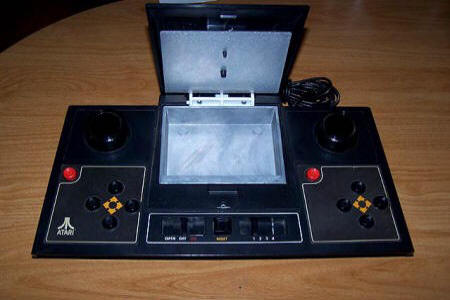 |
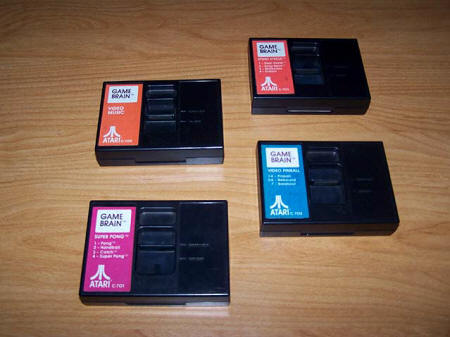 |
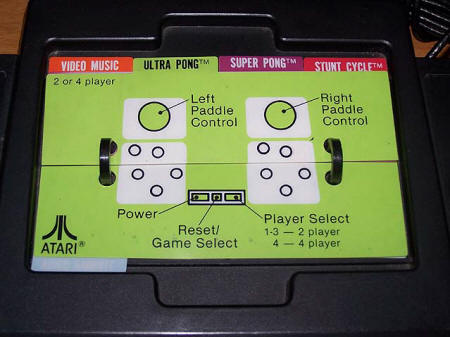 |
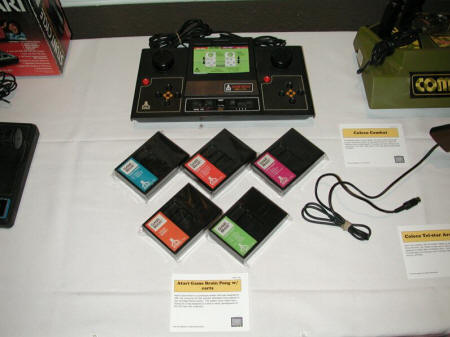 |
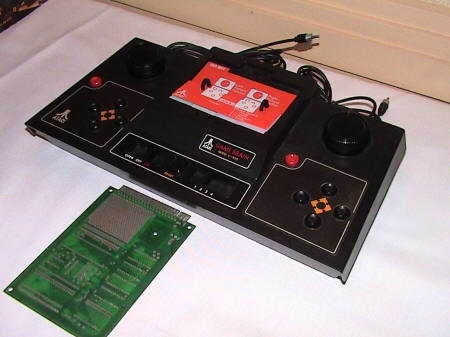 |
|






 2010s - NOTES
2010s - NOTES


 WEB RESOURCES
WEB RESOURCES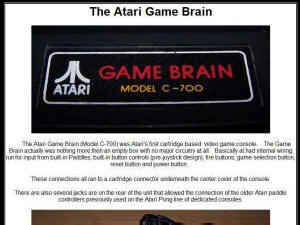
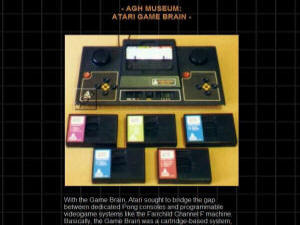
 DISCUSS
DISCUSS